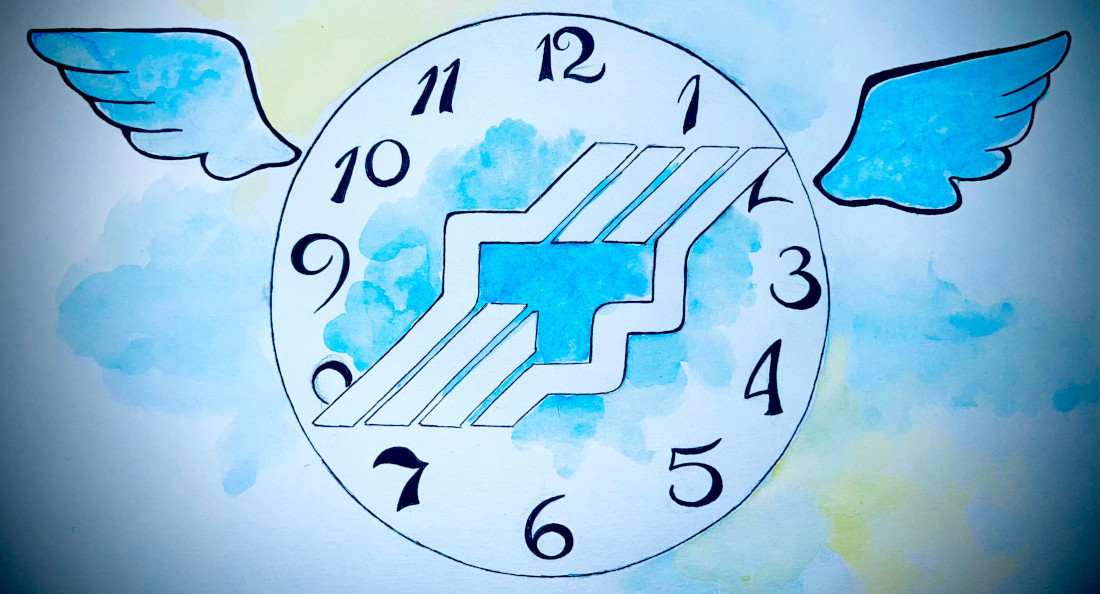What the history of streetcars tells us
A people’s history of Winnipeg
I often see people commenting on photos of Winnipeg in the 20th century on social media. Many of these comments express yearning for a time when Winnipeg was a multi-modal city.
It’s hard not to be depressed when looking at photos from one hundred years ago of vibrant street scenes with pedestrians, streetcars and cyclists all sharing space, especially when comparing this hodgepodge of urban life to some of the drab scenes of the late 20th and early 21st centuries.
Certainly, those photos tell us something about urban life in Winnipeg, but they do not tell the whole story. It’s important to always go deeper into a photo’s political and economic context, lest rose-coloured nostalgia taint our view of history.
Over my last four columns, I have covered various parts of the history of streetcars in Winnipeg, including the 1906 streetcar strike and the parallel to the 1919 General Strike, the development and expansion of streetcars in the early 20th century and the role that streetcars played in urban development and their influence on local elections.
Through this series, I showed how focusing on one subject – streetcars – can illuminate many issues. But what do these historical examples tell us about our present moment?
In the Oct. 19 column “The streetcar emerges,” I explained how streetcars came to prominence across Canada in the early 20th century. This period would see astounding growth for Winnipeg both economically and spatially.
As I pointed out in that column, that period saw rampant land speculation that set the scene for much of the suburbanization that happened after the Second World War. Moreover, the company that owned and operated the streetcars, the Winnipeg Electric Company (WEC), was widely despised and often rightfully accused of price gouging and poor services.
In the Nov. 16 column on the streetcar strike in 1906 and the Jan. 18 column on the 1922 Winnipeg civic election, I demonstrated the potential that the issue of transit has to not only rouse people to action but to unite them, as well.
The 1906 streetcar strike was notable for the widespread solidarity that many in Winnipeg had for the striking streetcar operators and also the simmering anger toward the WEC that was unleashed during the strike.
The 1906 streetcar strike had several parallels to the 1919 General Strike but probably the most important was how people’s everyday experiences informed their politics.
This seems obvious, but when one considers how often explanations, by both the right and the left, for the Winnipeg General Strike point to external influences, such as the Russian revo- lution of 1917, one can miss what is right in front of them.
The 1922 Winnipeg civic election demonstrates how the issue of transit cuts across class and political lines in a way that few issues can. It is astounding that a strike leader was elected mayor a mere three years after the General Strike, and transit as an issue led him to victory.
One hundred years later, many of the same issues surrounding streetcars still persist in Winnipeg’s transit system. Yet, what would shock many people from that time would be the apathy many display today.
Scott Price is a labour historian and the program director at CKUW 95.9 FM.
Published in Volume 78, Number 18 of The Uniter (February 15, 2024)







